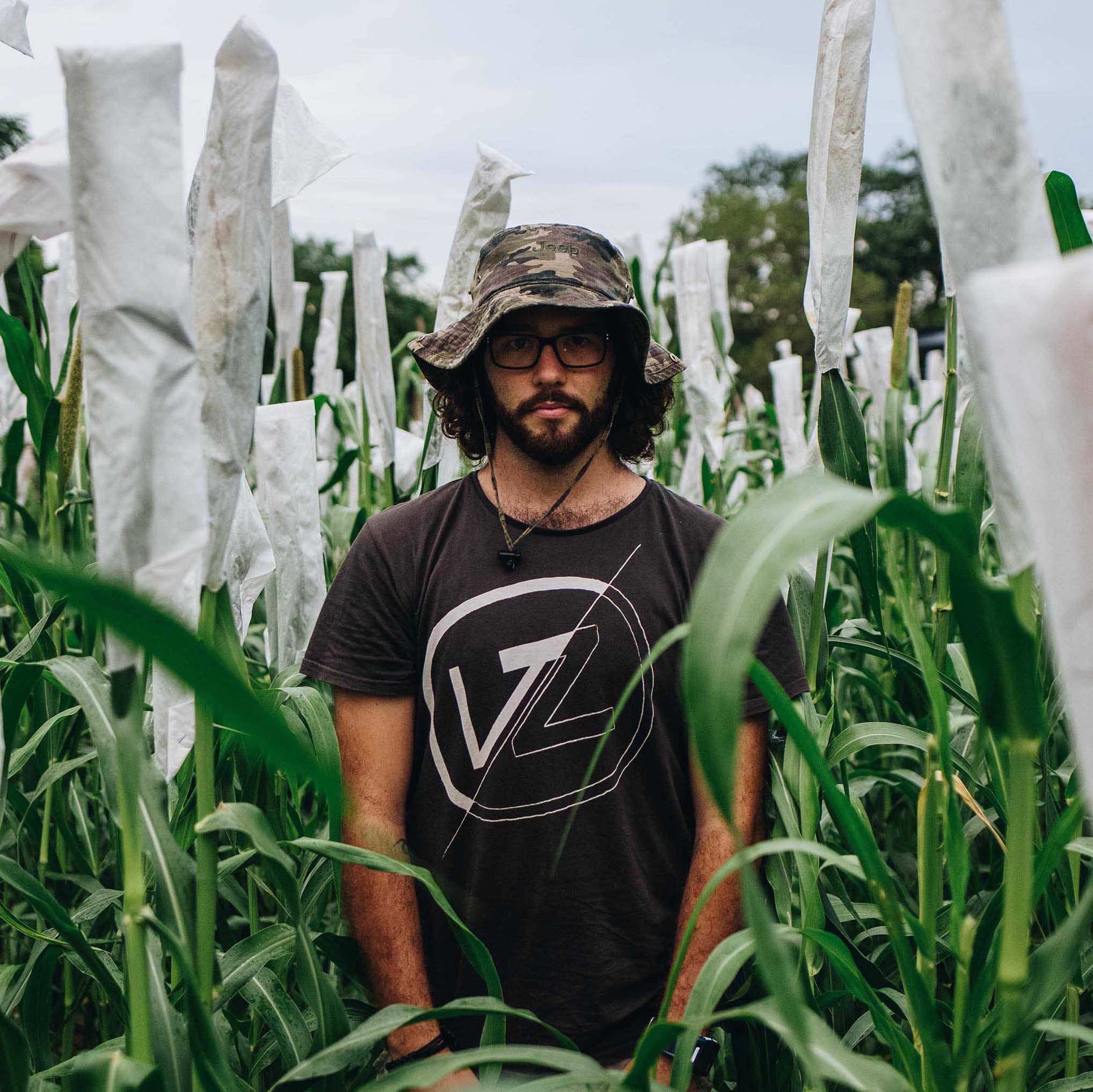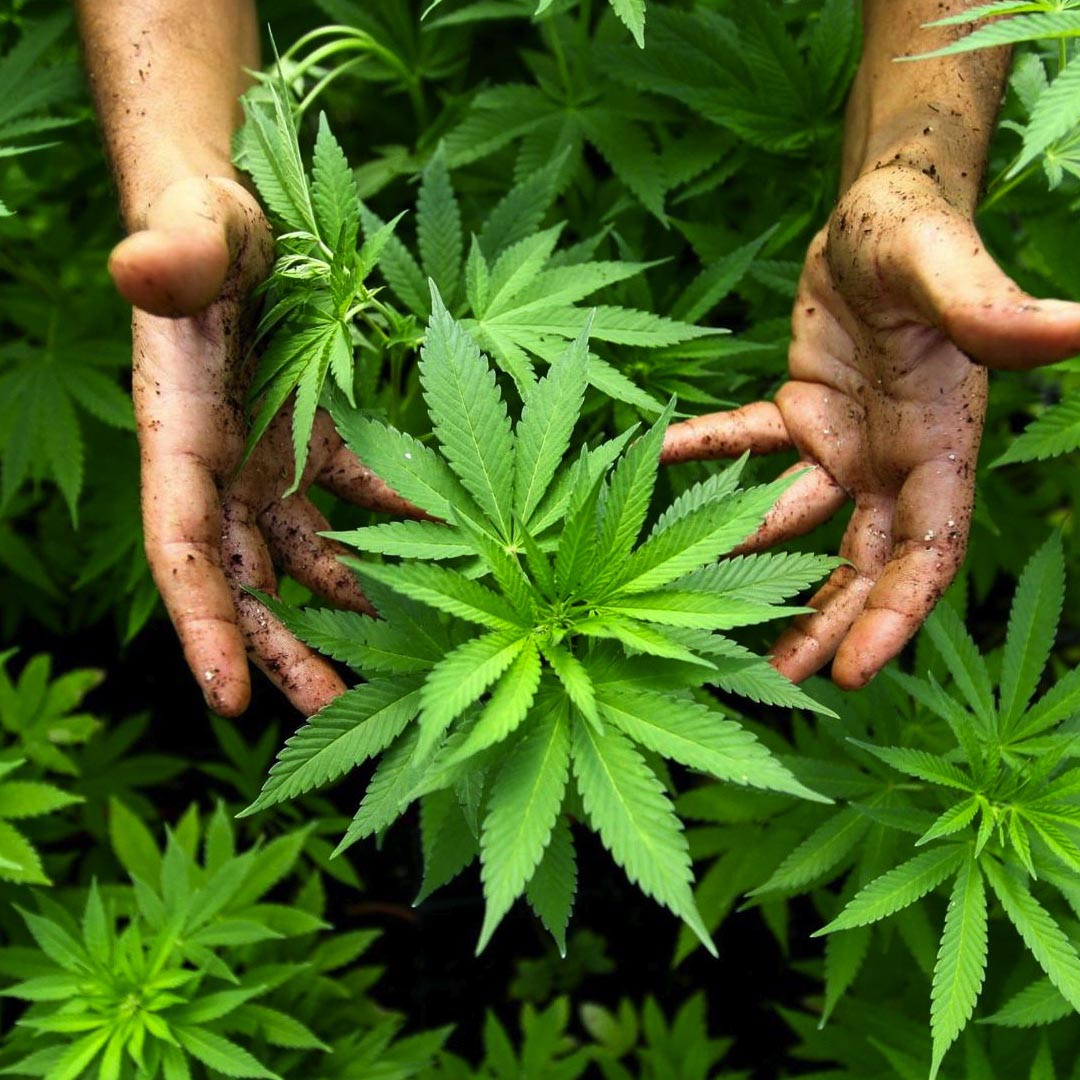Our beautiful ocean is home to a diverse rainbow coloured myriad of sea life ~ or seafood whose numbers are dwindling at an alarming rate.
If you dive further down the aquatic food chain, through the kelp forests and surface up to the lacy sea shores, you will discover another source of seafood, also high in omegas and delicious in taste. Seaweed...an overlooked delicacy.

Seaweeds are a highly nutritious and mineral dense macro algae. They are an amazing source of iodine which can help keep your thyroid healthy and your hormones working well, are a good source of calcium and protein and are packed full of vitamins, minerals, fibre, healthy carbs, omegas 3 and 6, and loads of micro nutrients. All of this in a bio-available form. So why aren’t we eating more of these? Along our 3000km coast line in South Africa, we have around 800 different species of seaweed - a highly under utilised source of food and medicine, and no need to use our precious fresh water resources for irrigating these super charged sea vegetables. If seaweeds were once a part of South Africans diets, this culinary knowledge has sadly been lost along the way and to be including these ocean botanicals into our diets is no longer a part of our cultural heritage.
Read more about our South African seaweeds HERE: http://southafrseaweeds.uct.ac.za/

There are a few sustainability rules for coastal foraging your own seaweeds, the main one being that these rockpool species are by no way commercially viable. The secret to sustainable foraging is is to think animal and not human – graze, don’t pillage. While these nutritionally dense seaweeds are so beneficial for us, they also play a huge role in the tiny ecosystems happening in every single little rock pool.
Something else that is very important to remember is that the source of ocean you choose to sustainably harvest your seaweed from needs to be clean – uncontaminated and unpolluted. No run off areas, sewerage outlet pipes or heavy metals in the water. As seaweed can absorb toxins from our bloodstream, so can it absorb toxins in the sea water surrounding it. Sadly, pristine ocean beach areas around the cities are getting fewer and fewer and we must venture further up the coast to collect seaweed for human consumption.
For more coastal foraging rules include permits, sustainable harvesting methods and no pick zones – take a look here: https://goodhopenursery.com/2013/11/27/seaweed/
People who have not tasted seaweed before often have a preconceived idea that they are slimy and stinky and salty. Just remember - like normal vegetables, these sea vegetables also have their own individual seasons, flavour profiles, nutritional properties and textures. Some are soft and can be eaten raw, other are a little tougher and need to be prepared in a specific way. Here is a quick introduction to Ulva or Sea lettuce, the easiest seaweed to identify, followed by a simple recipe in a familiar context – a sea scone. https://www.thebotanist.com/articles/sea-lettuce
Kelp farming is on the rise and surely this aquaculture is the future of farming – what do you think? You can read more about it HERE: https://munchies.vice.com/en_us/article/we-can-feed-the-world-with-kelp-forests and HERE: http://greenwave.org/3d-ocean-farming/ and decide for yourself if seaweed is the sustainable seafood of the future.






